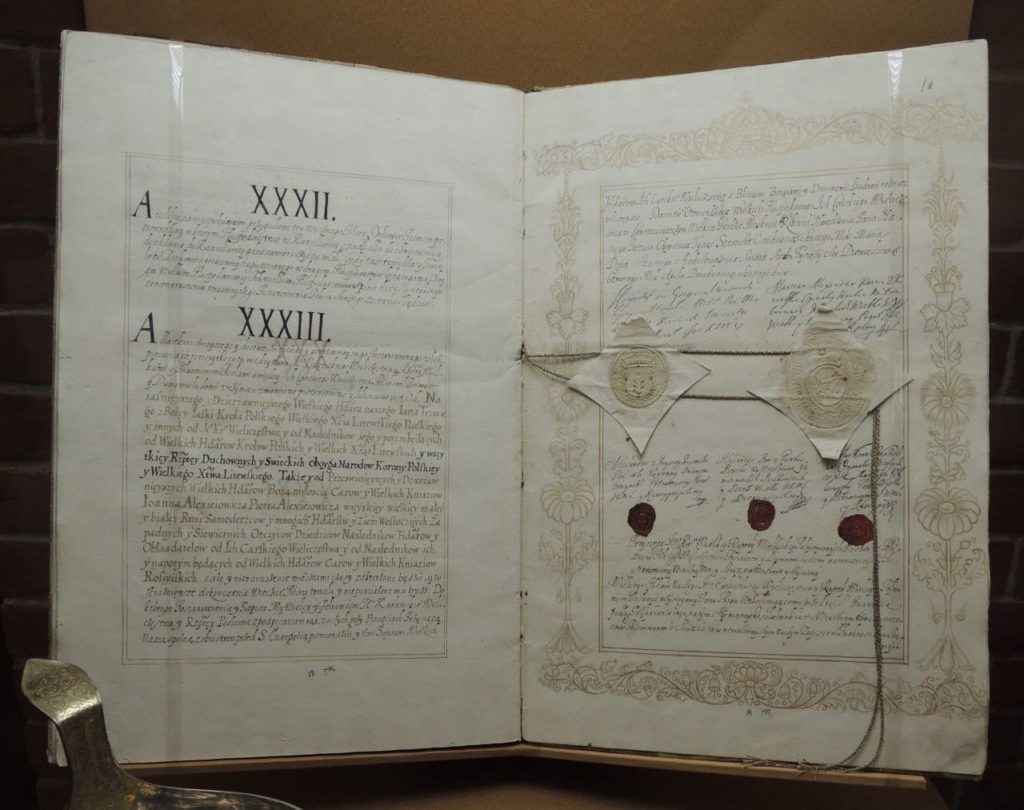Reading time: 10 minutes
 A couple of months ago some Gunther Fehlinger, apparently a “Chair of European Committee for NATO Enlargement for Kosovo, Ukraine, Bosnia, Austria, Moldova, Ireland, Georgia, EU” (mostly concerning the places where trouble can be stirred) posted an X-Tweet with an image of a partitioned Russia, under a prettified title of “Why Russia must be Decolonised” and a link to a EuroMaidan article arguing that Russia is not a federation and it is thus an open season on dividing the skin of the not-yet-killed bear (as the Russian saying goes). It does not disconcert them that the exact same argument that they are making can be applied to the USA, UK, Germany, Switzerland, Belgium, Norway and quite a number of other candidates for “decolonisation NATO-style”.
A couple of months ago some Gunther Fehlinger, apparently a “Chair of European Committee for NATO Enlargement for Kosovo, Ukraine, Bosnia, Austria, Moldova, Ireland, Georgia, EU” (mostly concerning the places where trouble can be stirred) posted an X-Tweet with an image of a partitioned Russia, under a prettified title of “Why Russia must be Decolonised” and a link to a EuroMaidan article arguing that Russia is not a federation and it is thus an open season on dividing the skin of the not-yet-killed bear (as the Russian saying goes). It does not disconcert them that the exact same argument that they are making can be applied to the USA, UK, Germany, Switzerland, Belgium, Norway and quite a number of other candidates for “decolonisation NATO-style”.

Napoleon’s plan for the division of the territory of the Ukraine (as of 1954-2014):
Grey – Give to Poland
Red – The Duchy of Poltava
Green – The Duchy of Chernigov
Yellow – The State of Napoleonida
Beige – Didn’t partition
This is not something new. The “Drang nach oesten” has been the lead tune in the various invasions of Russia by the Western vultures. We can, for example, recall that before the 1812 invasion, Napoleon had already designated Crimea as a new French Riviera, while partitioning the rest of Russia between France and Poland. We can recall how Germany and its Axis were establishing Reichskommissariats for their “new” territorial possessions.
More can be read in my prior articles Is the West gearing up to invade Russia once again? and Will Russia have to fend off NATO invasion too..?
The 20th century was the most abundant in the attempts to partition Russia/USSR. The map below is from the an American magazine «Look», published in the March of 1939 after the Munich Conspiracy of 1938 (covered in The Great Unknown War. A must-see documentary about the WWII prelude. By Andrei Medvedev), coupled with the “allies'” reluctance to open the second front until it was absolutely clear that the USSR was winning, shows that area of interest from the American perspective.

American magazine «Look», 14th of March 1939

Invasion of the USSR by the USA – the 27th of October 1951, Collier’s magazine
And just as the War was over, the USA did not stop dreaming of that piece of land for their own use, as can be seen from the cover of the “Collier’s” magazine from 1951. “Preview of the war
we do not want” reads the hypocritical title while talking about “Russia’s defeat and occupation”. As we now know, if the USSR did not get the nuclear arsenal by that time, this was very much the plan the USA were nuturing. We can also see it from the USA’s own plans for the use of nuclear weapons against the USSR, as I described in two articles in the previous years:
204 A-Bombs Against 66 Cities: US Drew up First Plan to Nuke Russia Before WWII Was Even Over (RI repost) and
USA’s plans for the nuclear annihilation of USSR (Russia) and China disclosed. Another declassified document from that post-War era points towards the same desire. I covered it in
The Plan to Destroy Russia. Conceived and Started in 1948. Concluded in 1993? Or Not…
In 1993 the USA actually got a total colonial control over Russia without engaging in a hot war, and during that time Russia was also almost partitioned administratively. Luckily, the Americans saw Russia as defeated, what with the “end of history” and other such ideas, and did not bother to fire the control shot in the back of the country’s head, as such cold-blooded killers usually do.
But the first time when the West came closest to realising that wet dream of partitioning Russia and laying its hands on the Russian resource happened in the wake of the 1917 Revolution when Russia was plunged into the Civil War, while it had been weakened by WWI. The article that I translate below illustrates one of the areas where such partitioning almost happened.

The map shows countries participating in the so-caleld “civil” war of 1918-1922. The total number of the interventionists counted over 1 million soldiers.
Reading the article below, think also of the historical parallels with today, of the ongoing civil war in Ukraine and how the Western intervention is prolonging the conflict, making it more bloody, than it was initially shaping up to be.
The link to the original article on the site of Russian Information Agency (RIA) may not work, as the West, in its pursuit of the the purity (of the “freedom”) of speech, blocks RIA. You can alternatively view the WebArchived version of the original article.
Published: 08:00 15.08.2018 (Updated: 11:37 03.03.2020)

American troops during a parade in front of the headquarters of the Czechoslovak Legion in Vladivostok. 1918
Continue reading →









